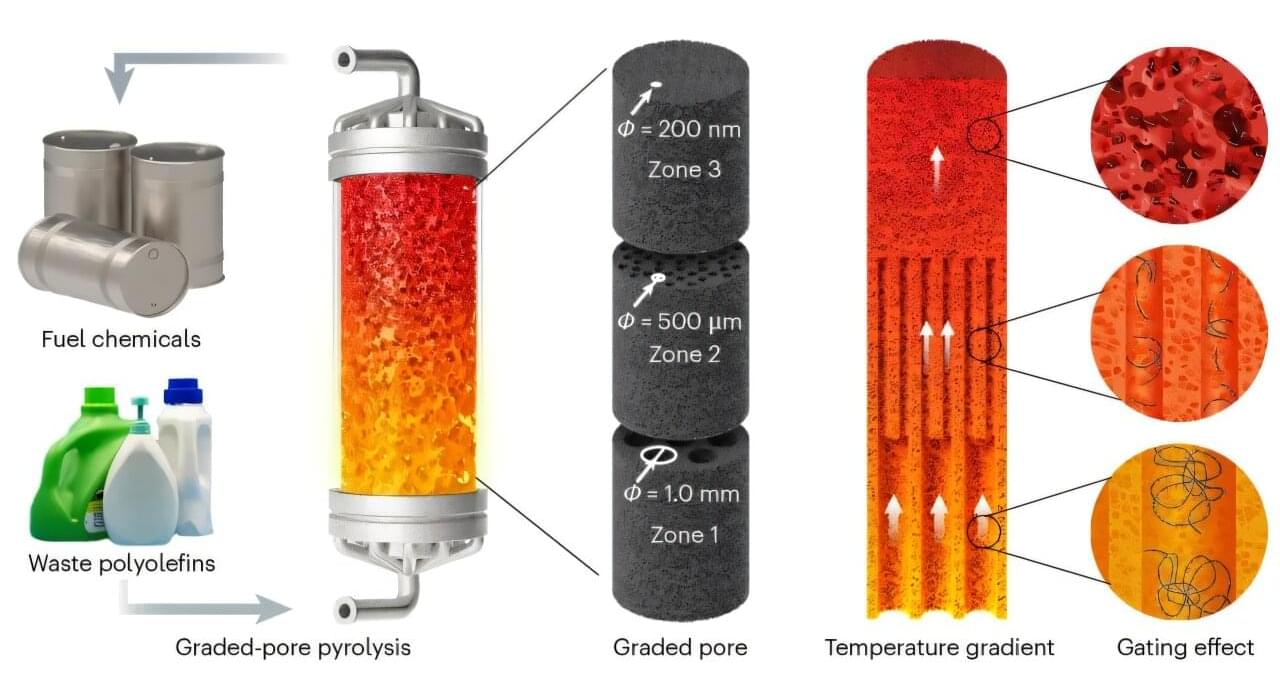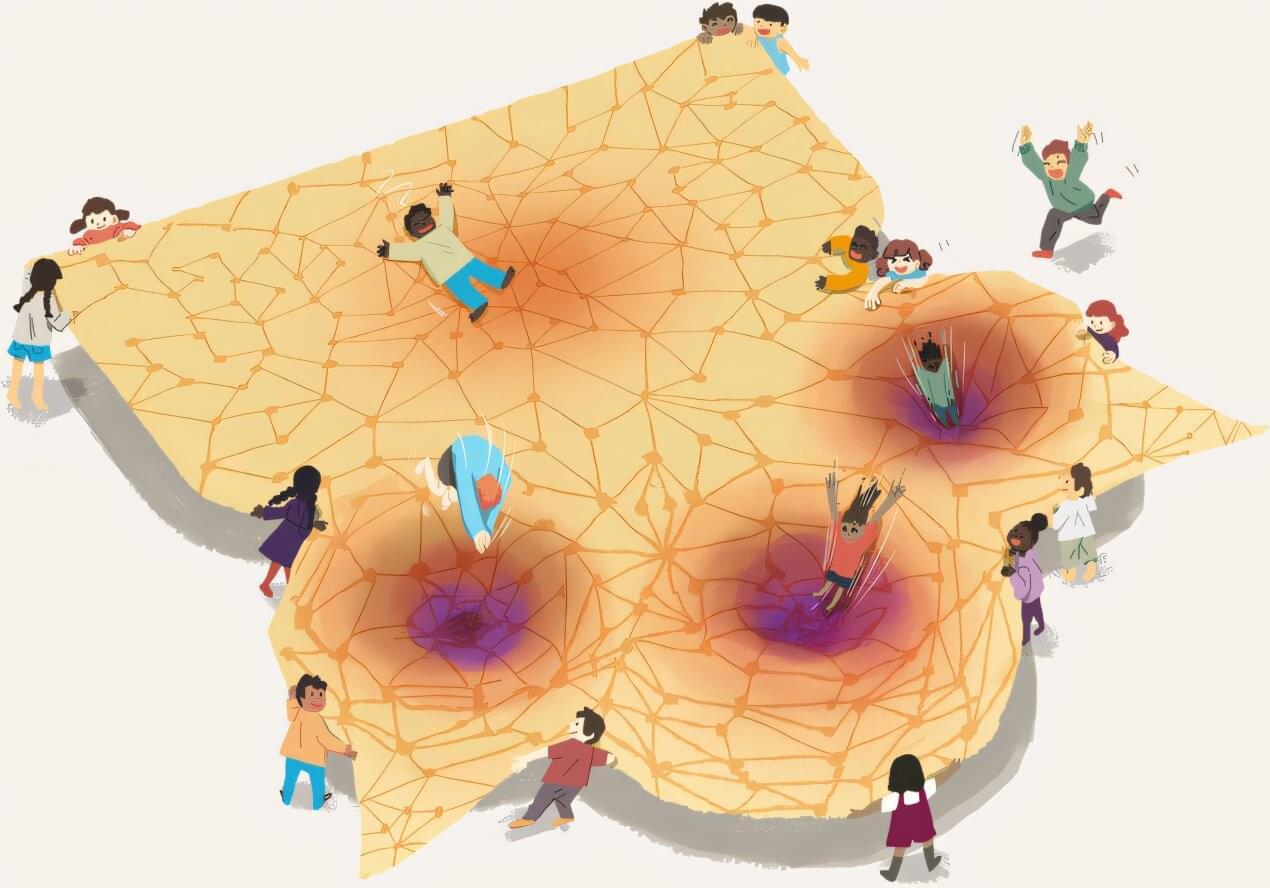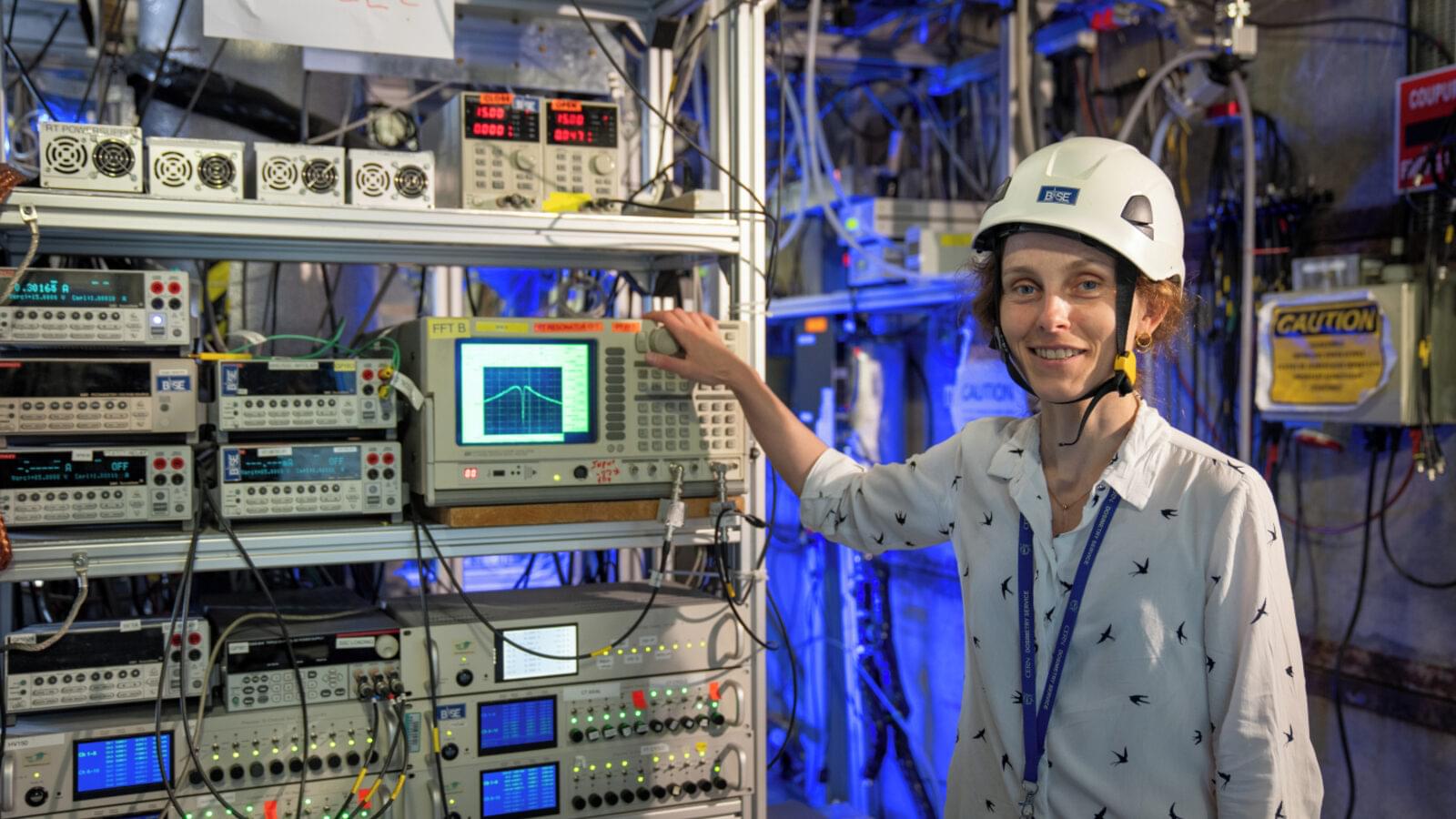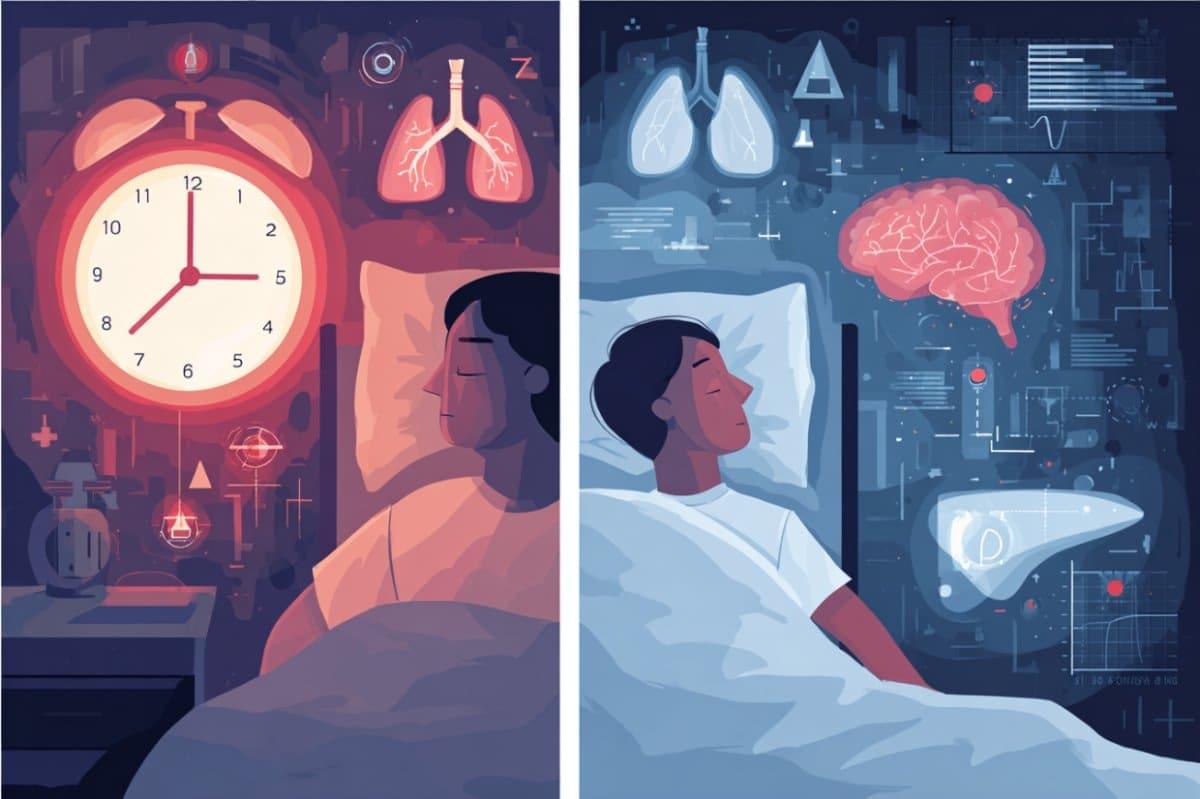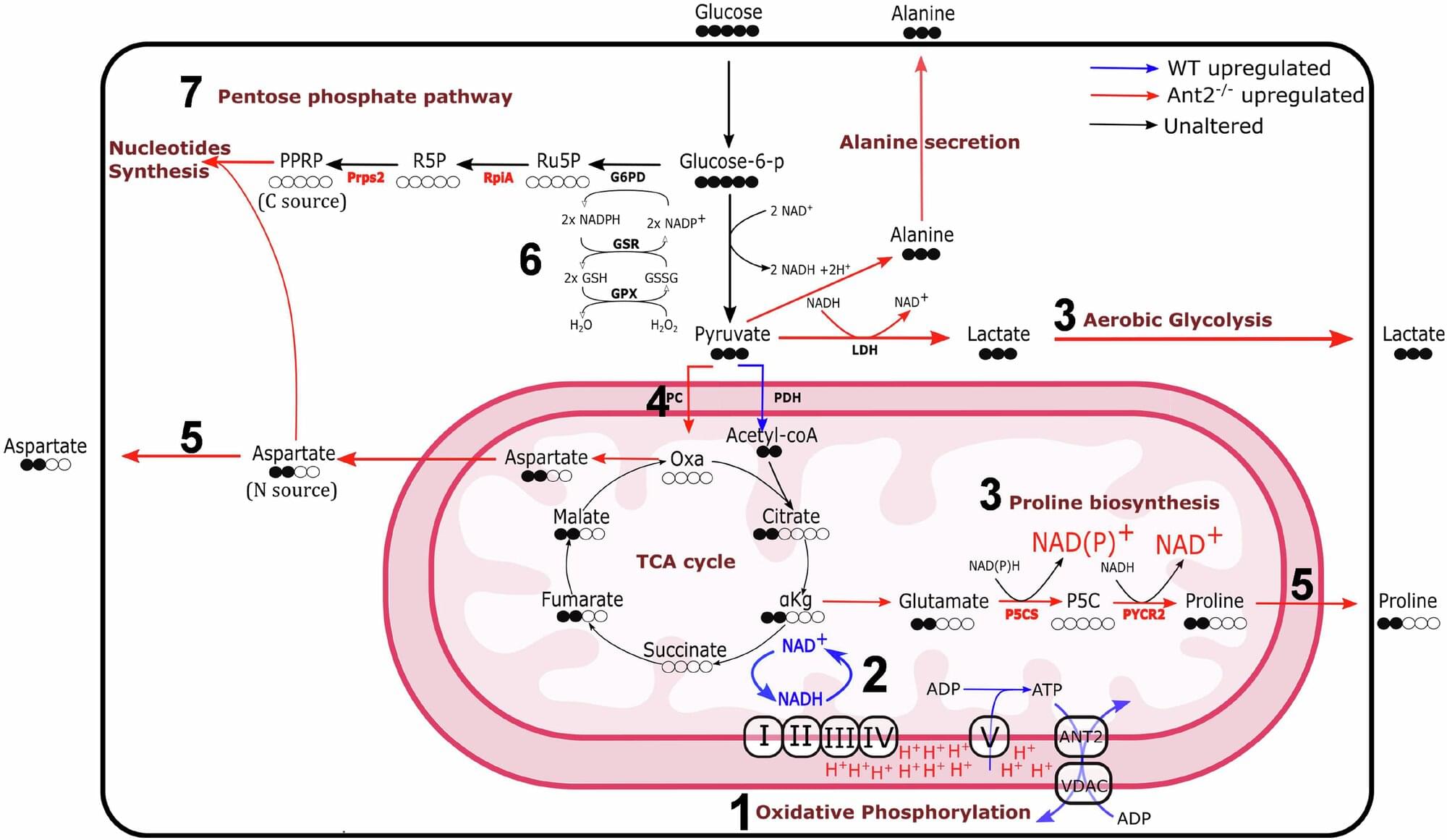As tons of plastic waste continue to build up in landfills every day, Yale researchers have developed a way to convert this waste into fuels and other valuable products efficiently and cheaply. The results are published in Nature Chemical Engineering.
Specifically, the researchers are using a method known as pyrolysis, a process of using heat in the absence of oxygen to molecularly break materials down. In this case, it’s used to break plastics down to the components that produce fuels and other products. The study was led by Yale Engineering professors Liangbing Hu and Shu Hu, both members of the Center for Materials Innovation and Yale Energy Sciences Institute.
Conventional methods of pyrolysis often use a catalyst to speed up the chemical reactions and achieve a high yield, but it’s a method that comes with significant limitations.
